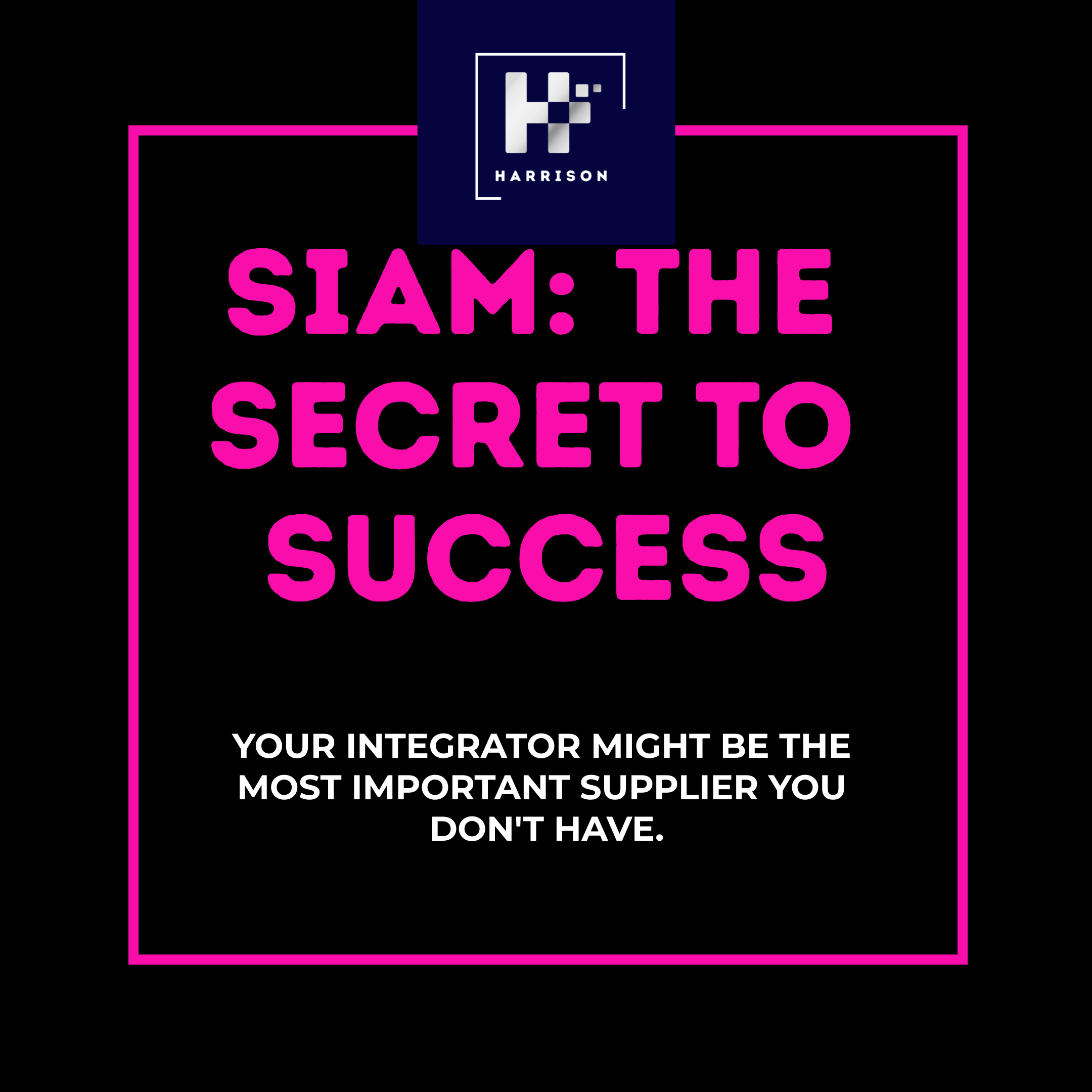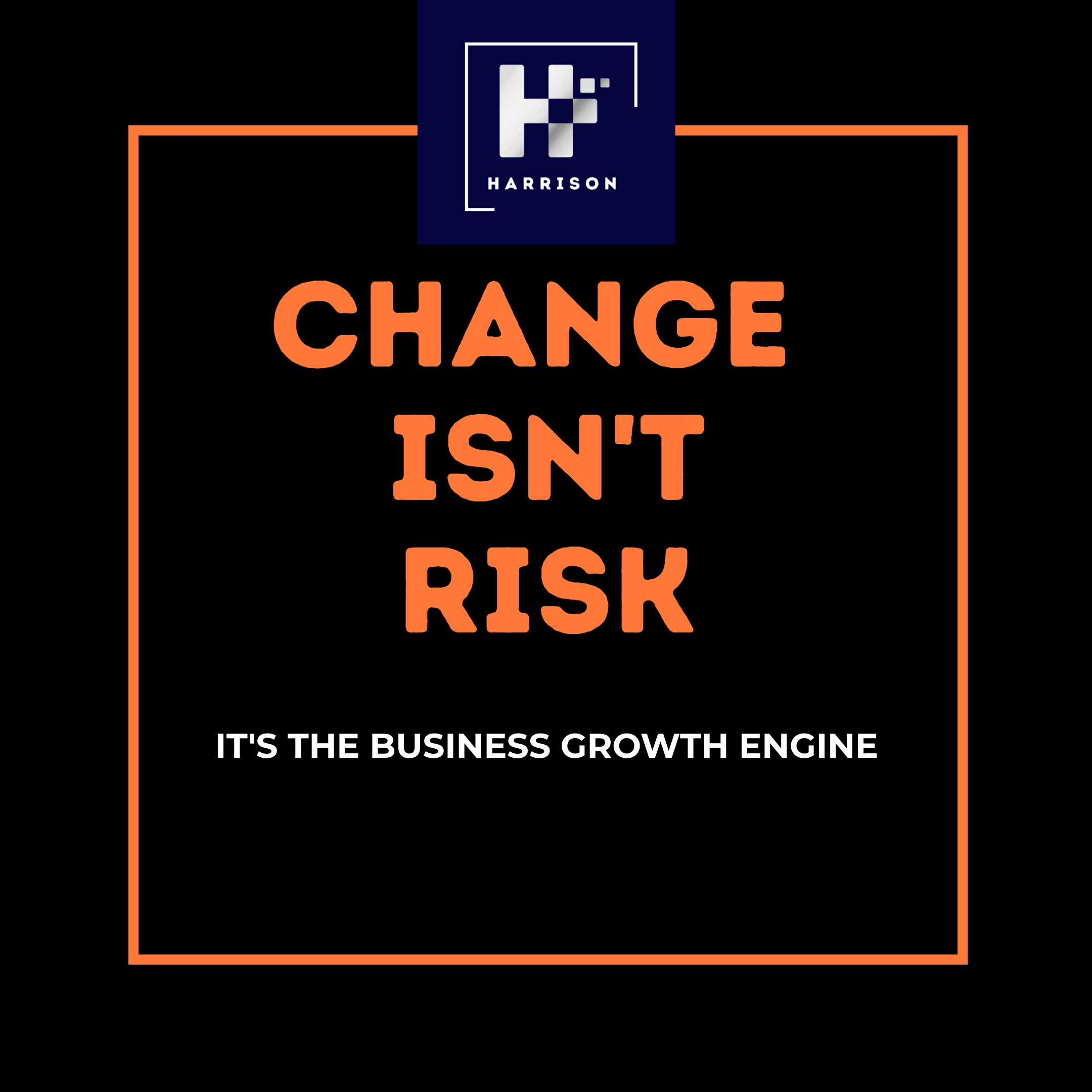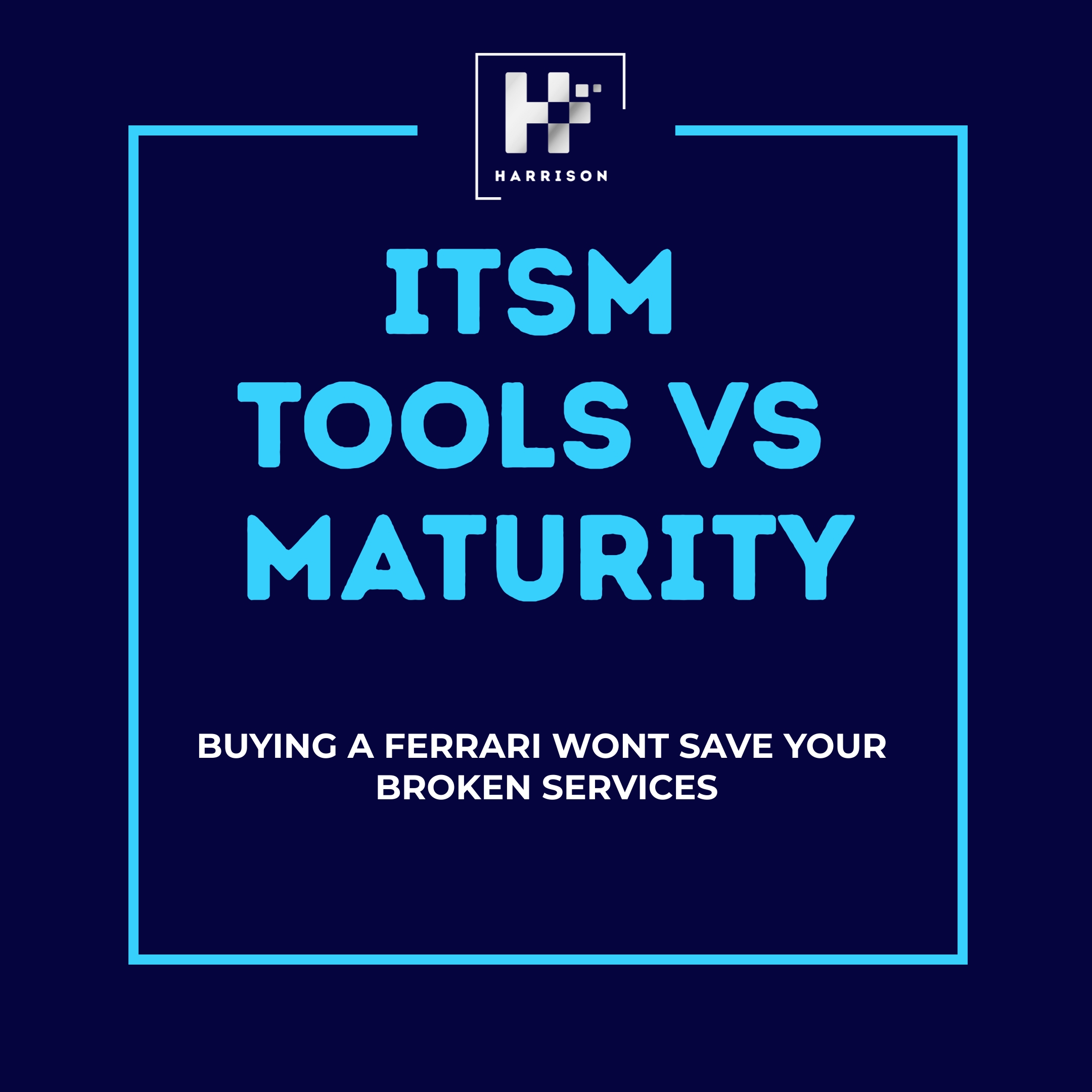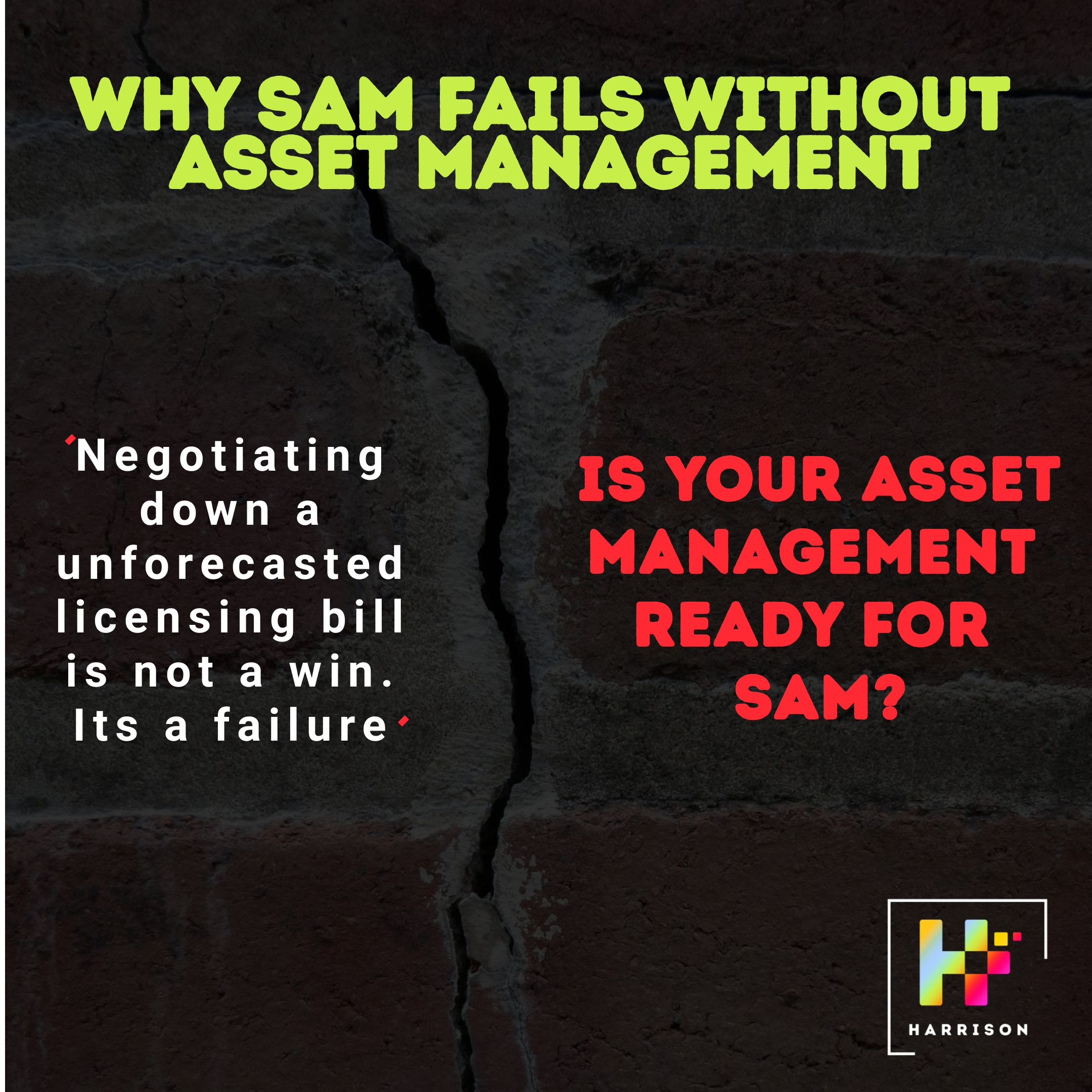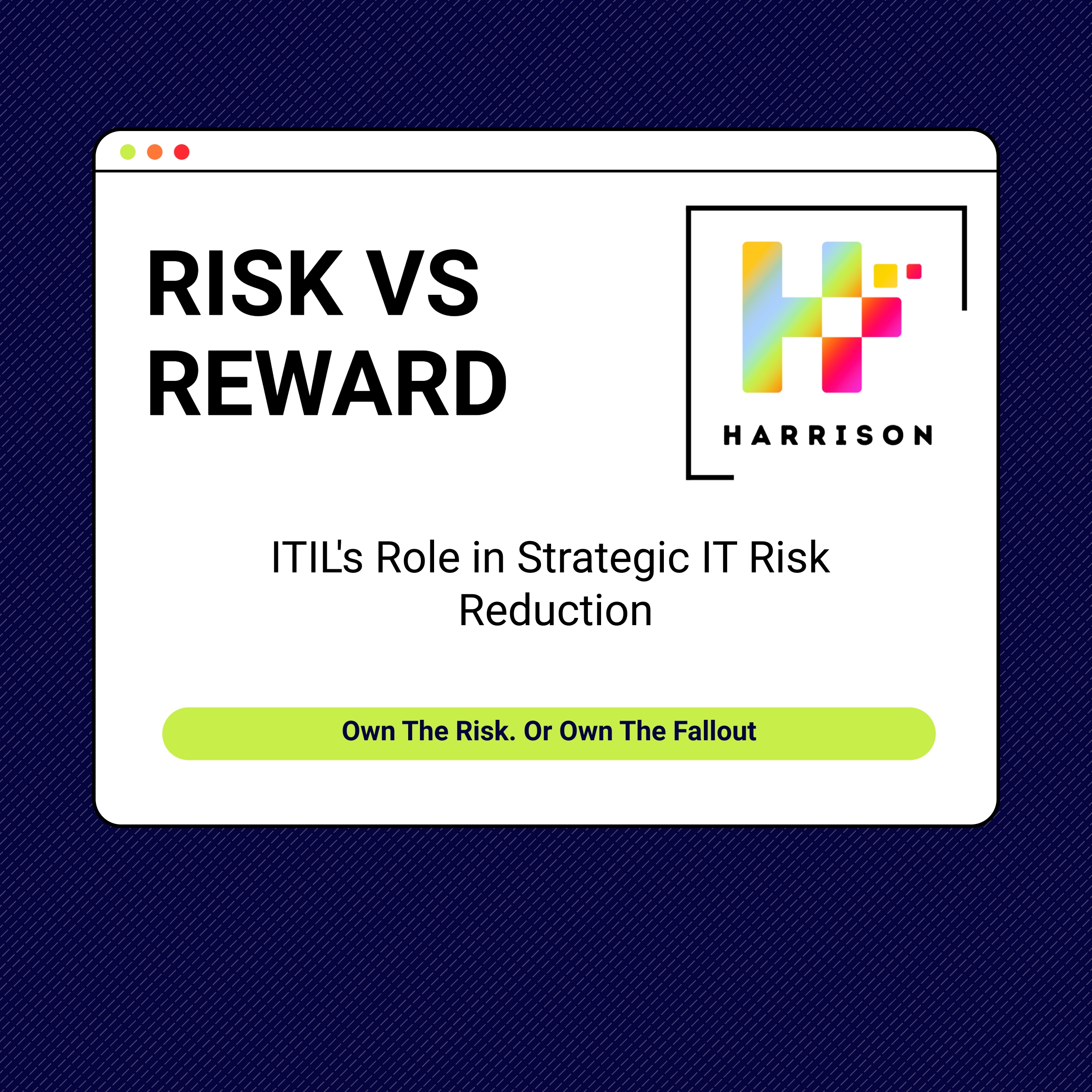CIO vs CTO: A Power Struggle or a Partnership in Waiting?
In a world where digital defines the battleground and agility is king, the question isn’t who should lead—the CIO or the CTO—but whether either can truly succeed without the other. And yet, many organisations still lean on one, often at the expense of the other, creating an imbalance that fractures digital ambition.
We’re entering an era where business and technology are indistinguishable. The lines are blurred, and so are the roles. This blog aims to dissect the realities, debunk some myths, and provoke the uncomfortable questions CIOs and CTOs need to be asking themselves—and their boards.
What’s Really at Stake?
Many organisations confuse digital delivery with technology leadership. They assume that appointing a CIO or CTO—interchangeably—will “fix” their tech stack, align their business, and fast-track transformation. But this false equivalence often results in:
- CIOs focusing on business alignment but losing technical credibility
- CTOs driving technical vision without business grounding
It’s a costly imbalance. According to McKinsey (2024), 70% of digital transformations fail due to organisational silos, lack of technical execution, or misaligned leadership accountability.
The uncomfortable truth? A CIO without enterprise-grade architecture is just an operations manager. A CTO without customer-centricity is just a glorified engineer.
And this misalignment is exactly why so many technology investments fail to deliver their promised value. (To dive into that topic alone a bit more, read our blog: Making IT Investments Count)
The Classic Divide: CIO vs CTO
Here’s how the roles traditionally divide. But tradition is exactly what’s being disrupted.
| CIO | CTO | |
|---|---|---|
| Primary Focus | Business outcomes, strategy, cost, service | Technology architecture, engineering, innovation |
| Reports to | CEO / CFO / COO | CIO / CEO |
| KPI-driven by | Service availability, business alignment, ROI | Speed of delivery, scalability, technical resilience |
| Core Traits | Commercially fluent, governance-heavy | Deep technical authority, innovation-driven |
| Common Pitfalls | Lacks technical depth, outsources risk | Lacks business alignment, builds in isolation |
But what happens when only one role exists?
The Risk of a Single-Hat Strategy
Choosing just one (CIO or CTO) often leaves critical gaps. Here’s how each model exposes the business:
👔 Only a CIO?
- May struggle to drive deep technology strategy or platform architecture.
- Risks over-relying on third-party vendors and consultants.
- Lacks ownership of developer culture and engineering excellence.
🧠 Only a CTO?
- Risks building great tech that no one in the business knows how to use.
- May fail to influence investment cases or connect with finance.
- Lacks a governance framework or ITSM maturity.
You don’t feel the pain of this leadership gap until transformation starts stalling in the run stage. (We touch on this very subject in this frank blog: Why Command & Control Fails)
Enter the CTIO: A Merged Reality?
Some organisations are betting on a Chief Technology and Information Officer (CTIO) as a hybrid. In theory, this creates a singular accountable executive, but in practice:
- Very few individuals genuinely span both disciplines.
- The hybrid often leads to diluted impact: too shallow to lead architecture, too technical to influence business cases.
“The CTIO is often a compromise solution—not a strategic one,” argues Deloitte in their 2024 CIO Survey.
It’s why many boards are revisiting whether their current leadership model actually supports real ITIL execution—or just theatre. (We dive into the theatre of execution in this thought provoking blog: The Leadership Void in ITIL Execution)
How Can They Co-Exist and Thrive?
Successful dual-role models are built on three foundations:
1. Clear Swimlanes, Shared Outcomes
Both roles must align around the enterprise’s strategic outcomes, not their departmental KPIs.
- CIO: Owns the “why” and the “what.” Translates business strategy into IT strategy.
- CTO: Owns the “how.” Designs the technology capability to deliver that strategy.
2. Mutual Accountability and Peer Review
The CTO should challenge the CIO on architectural feasibility. The CIO should challenge the CTO on value delivery.
- Create joint scorecards with business-centric metrics.
- Include each in the other’s planning cycles.
3. Cross-Pollinated Teams
Blur the lines of their reporting structures:
- Let the CIO own enterprise service management, with CTO inputs on automation.
- Let the CTO run technical enablement, but include CIO-led stakeholder feedback loops.
The Role of Their Lieutenants
If only one executive role exists (either CIO or CTO), then the supporting leadership must be deliberately structured to close the gap:
In a CIO-Led Org:
| Title | Role |
| Chief Architect | Guards technical integrity and platform thinking |
| Head of Engineering | Owns DevOps, SDLC, technical health |
| Product Lead | Brings agility, user centricity |
In a CTO-Led Org:
| Title | Role |
| Head of Business Technology | Translates business demand to digital capability |
| Head of Service | Owns ITSM, continuity, service performance |
| Portfolio Lead | Aligns roadmap with enterprise planning |
Are CIOs and CTOs Underselling Themselves?
Absolutely. Many tech leaders are defaulting to comfort zones—CIOs leaning into service delivery, CTOs into cloud migration—without owning the cross-functional leadership their roles now demand.
If you’re a non-technical CIO, it’s time to:
- Partner with architecture and engineering early in the planning lifecycle.
- Own the language of platforms, APIs, and tech debt.
If you’re a non-enterprise CTO, it’s time to:
- Sit at the table with finance, HR, and legal.
- Learn the rhythms of business planning and value articulation.
We’ve already seen what happens when leaders assume service happens automatically—it doesn’t. (To see it first hand, have a read of: Event Management: The Good, The Bad, The Broken)
Gartner’s 2025 CIO Playbook suggests the best tech leaders can “straddle the tension between innovation and governance”—those that can’t will find themselves edged out by Chief Digital Officers.
The Uncomfortable Questions Every Executive Should Be Asking
For CIOs:
- Are you shaping strategy or reacting to it?
- Do your architects work for you or around you?
- When was the last time your board reviewed your platform debt?
For CTOs:
- Can your team explain business value in a board setting?
- Are you building products the business doesn’t know how to use?
- Who owns the roadmap? You, or the PMO?
For Boards & CEOs:
- Do you understand what each of these roles really delivers?
- Are you rewarding outcomes or activity?
- Have you assessed your leadership model against transformation readiness?
Final Word: Stop Choosing, Start Architecting
Choosing between a CIO and a CTO is like choosing between oxygen and water. You need both to thrive. The real challenge is designing an operating model that gets the best from both, without overlap or power struggles.
Because in the age of digital everything, having only one of these roles is no longer a leadership model—it’s a liability.
Next Reads:
Follow us
Latest articles
January 3, 2026
January 3, 2026
January 3, 2026
January 3, 2026
January 3, 2026
January 3, 2026


